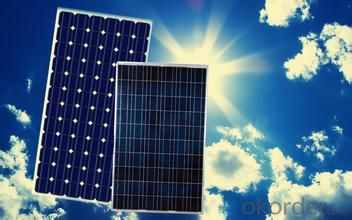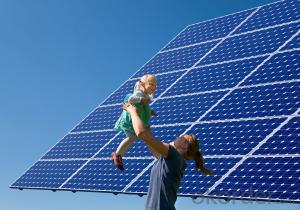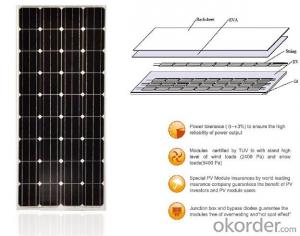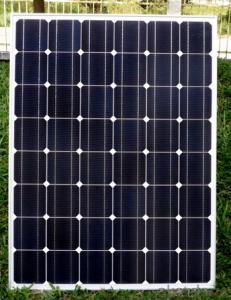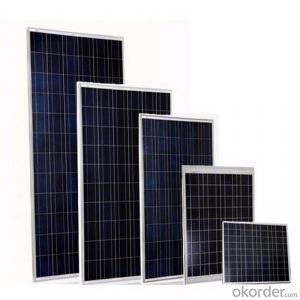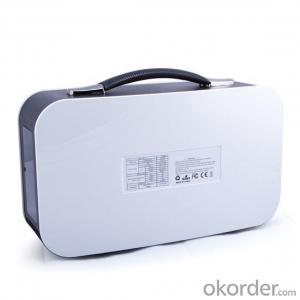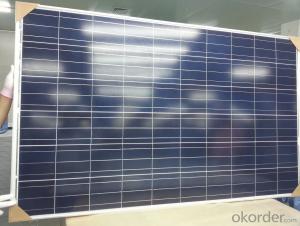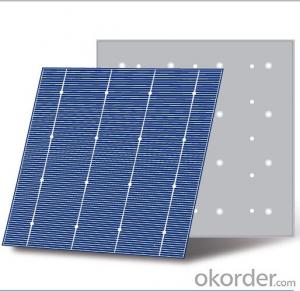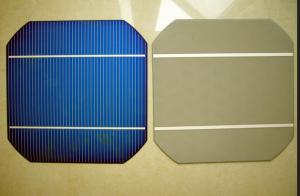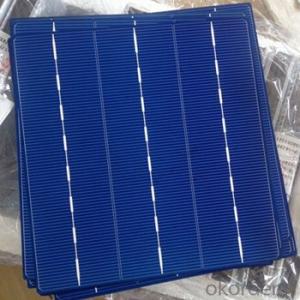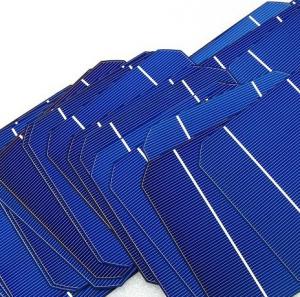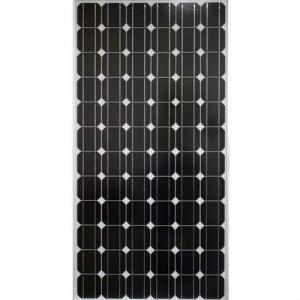Harbor Freight Solar Cells 300w Solar Home Solution with 25 Years Quality Assurance
- Loading Port:
- Shanghai
- Payment Terms:
- TT OR LC
- Min Order Qty:
- 1 pc
- Supply Capability:
- 5000 pc/month
OKorder Service Pledge
OKorder Financial Service
You Might Also Like
Specification
300W Solar Home Solution with 25 years Qualtiy Assurance
Production description
A photovoltaic system, also solar PV power system, or PV system, is a power system designed to supply usable solar power by means ofphotovoltaics. It consists of an arrangement of several components, including solar panels to absorb and convert sunlight into electricity, a solar inverter to change the electric current from DC to AC, as well as mounting, cabling and other electrical accessories to set up a working system. It may also use a solar tracking system to improve the system's overall performance and include anintegrated battery solution, as prices for storage devices are expected to decline.
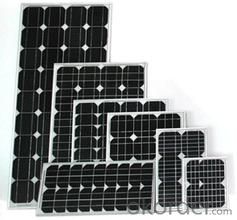
Feature
1.High conversion efficiencies resulting in superior power output performance.
2.Outstanding power output even in low light or high temperature conditions
3.Optimized design for ease of soldering and lamination
4.Long-term stability,reliability and performance
5.Low breakage rate
6.Color uniformaity
Physical characteristic
1. Rigorous quality control meets the highest international standards.
2. High-transmissivity low-iron tempered glass, strong aluminium frame.
3. Using UV-resistant silicon.
4. IS09001/14001/CE/TUV/UL
- Q: What is the impact of solar cells on reducing energy waste?
- Solar cells have a significant impact on reducing energy waste by harnessing the sun's energy and converting it into electricity. By utilizing renewable and clean energy sources, solar cells contribute to reducing the dependence on fossil fuels, which are finite and contribute to environmental pollution. Additionally, solar cells help decrease energy waste by generating electricity at the point of use, minimizing transmission and distribution losses.
- Q: What is a monocrystalline solar cell?
- A monocrystalline solar cell is a type of solar panel that is made from a single crystal structure, typically silicon. It is known for its high efficiency and sleek, black appearance. The single crystal structure allows for better electron flow, resulting in greater energy conversion from sunlight into electricity.
- Q: Can solar cells be used in schools or educational institutions?
- Yes, solar cells can definitely be used in schools or educational institutions. They provide a practical and hands-on way to teach students about renewable energy sources, sustainability, and environmental stewardship. Installing solar cells in schools can also help reduce electricity costs and promote energy efficiency, making it a beneficial investment for educational institutions.
- Q: Can solar cells be used to power emergency lighting systems?
- Yes, solar cells can be used to power emergency lighting systems. Solar cells convert sunlight into electricity, which can be stored in batteries for use during emergencies or when there is a power outage. This makes them a reliable and sustainable source of power for emergency lighting systems.
- Q: What kind of products can be considered as the solar cell products?
- I think there is nobody else but me could be as qualified to answer this question because 80% of my daily life is surrounded by solar cell product including solar cell shower room, solar cell equipt kitchen, solar cell control lights in all my rooms in the house.
- Q: Do you believe you can make a solar cell by using kitchenware?
- As a scientist, I think it's possible.
- Q: How do solar cells handle power factor correction?
- Solar cells do not handle power factor correction directly. Power factor correction is typically addressed at the level of the grid or inverter systems that convert the DC power generated by solar cells into AC power for use in homes and businesses. However, advanced inverter technologies used in solar power systems can incorporate power factor correction capabilities to improve the overall efficiency and power quality of the system.
- Q: What is the payback period for solar cell installations?
- The payback period for solar cell installations varies depending on factors such as the cost of the installation, the amount of energy generated and consumed, and any applicable incentives or subsidies. On average, it can range from 5 to 10 years, but it is important to conduct a specific analysis considering individual circumstances to determine the accurate payback period for a given solar cell installation.
- Q: How are solar cells integrated into building designs?
- Solar cells can be integrated into building designs through various methods such as rooftop installations, solar facades, and building-integrated photovoltaics (BIPV). These methods involve incorporating solar panels into the structure of the building, either on the roof or as part of the facade, allowing for the generation of clean and renewable electricity while seamlessly blending with the overall architectural design.
- Q: How do solar cells perform in regions with high levels of snowfall and blizzards?
- Solar cells typically do not perform optimally in regions with high levels of snowfall and blizzards. The accumulation of snow on the surface of solar panels can significantly reduce their efficiency by blocking sunlight and preventing the cells from generating electricity. However, technological advancements such as anti-reflective coatings and tilted panel designs have been developed to mitigate the impact of snow accumulation. Additionally, regular maintenance and snow removal can help improve the performance of solar cells in such regions.
Send your message to us
Harbor Freight Solar Cells 300w Solar Home Solution with 25 Years Quality Assurance
- Loading Port:
- Shanghai
- Payment Terms:
- TT OR LC
- Min Order Qty:
- 1 pc
- Supply Capability:
- 5000 pc/month
OKorder Service Pledge
OKorder Financial Service
Similar products
Hot products
Hot Searches
Related keywords



